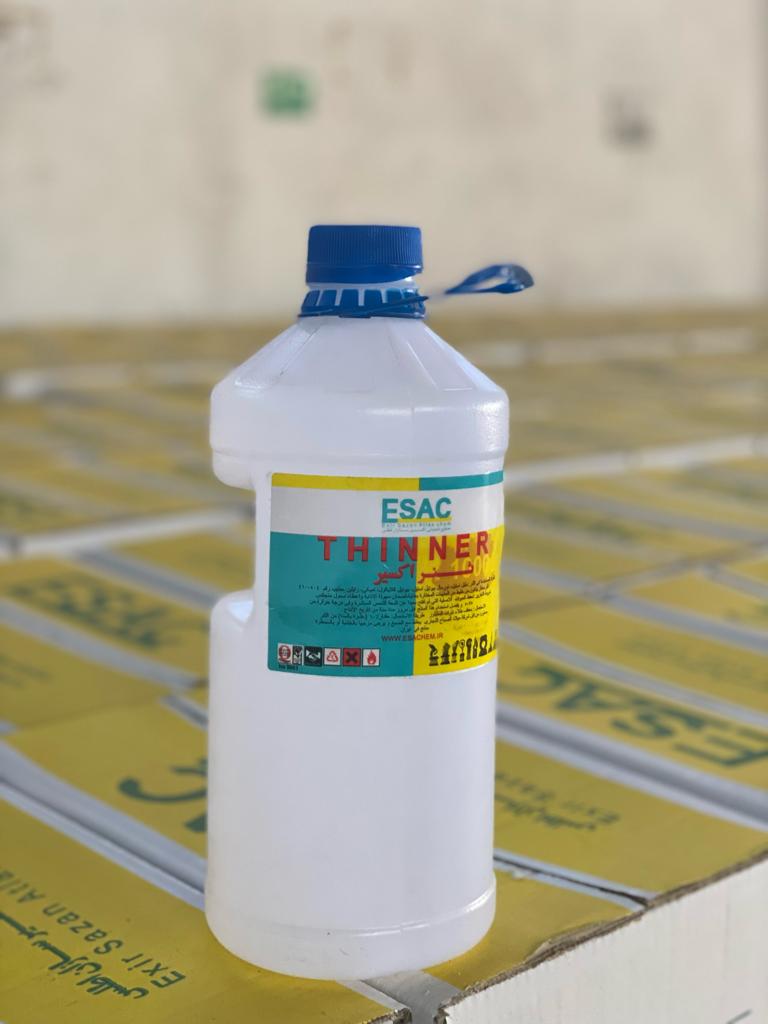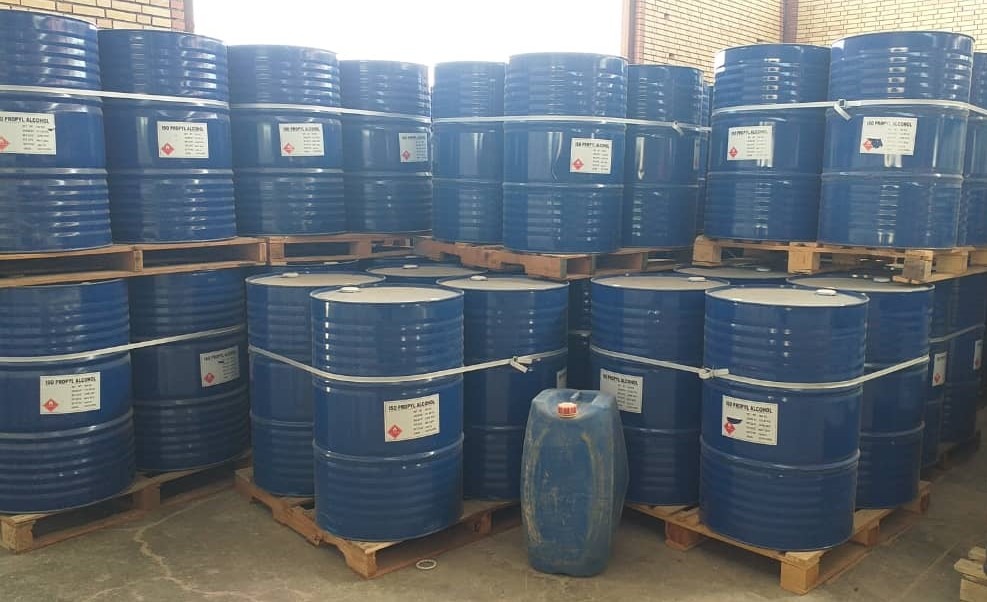Naphtha
1. Introduction & Composition
Naphtha is a general term for a group of highly volatile, flammable liquid hydrocarbon mixtures, constituting approximately 15-30% of crude oil. It is a critical feedstock in the petrochemical industry and refers to various refined, partially refined, or unrefined petroleum fractions distilled between 30°C and 240°C, placing it in a similar boiling range as gasoline.
This fraction consists of hydrocarbons containing 5 to 12 carbon atoms (C5-C12), including paraffins, olefins, naphthenes, and aromatics. It also contains impurities such as sulfur, nitrogen, oxygen compounds, water, salts, and trace metals (e.g., vanadium, nickel). Naphtha is categorized into two primary groups:
-
Light Naphtha (C5-C6): Commonly used as a rubber solvent and lacquer thinner.
-
Heavy Naphtha (C6-C12): Often used in dyeing as a polishing agent and as a key feedstock for gasoline and aromatics production.
2. Production Methods
Naphtha is primarily obtained through the fractional distillation of crude oil, where it is separated between the lighter gas fractions and heavier kerosene. The refining process transforms crude oil into marketable products like naphtha by heating the crude to 30-200°C and collecting the condensed vapors.
While crude oil distillation is the most common method, other production techniques include:
-
Solvent Extraction
-
Hydrogenation of Distilled Products
-
Polymerization of Olefins
-
Alkylation Processes
3. Primary Applications
Naphtha’s use dates back to antiquity, notably as a light source and an incendiary agent in warfare. Today, its applications are vast and central to modern industry:
-
Fuel Production: As a primary feedstock for high-octane gasoline and a component in some jet fuels and gas turbine engines.
-
Petrochemical Feedstock: This is its most significant application. Through steam cracking, naphtha is converted into base chemicals like ethylene, propylene, and benzene, which are the building blocks for plastics, synthetic fibers, and industrial alcohols.
-
Solvent: An effective solvent in the production of detergents, lacquers, polishes, and in hydrocarbon purification.
-
Other Uses: As a fuel for heating, cooking, and lighters, and as a component in cleaners and thinners.
4. Safety and Environmental Considerations
Naphtha is highly volatile and flammable, necessitating rigorous safety measures in process design and handling.
-
Health Effects: Skin contact causes irritation and defatting, leading to dryness and dermatitis. Inhalation of vapors can cause respiratory tract irritation, central nervous system depression, and unconsciousness. Ingestion leads to severe gastrointestinal distress.
-
Environmental Impact: Due to its toxicity and persistence, naphtha and its waste streams must be contained and treated responsibly to prevent environmental release.
5. Corporate Position: Atlas Exirsazan Company
A significant achievement of Atlas Exirsazan Company is its capacity to produce high-quality naphtha-based products that not only satisfy domestic market demand but also supply neighboring countries. By adhering to and exceeding stringent international and destination-country standards, the company ensures its exports are of superior quality.





